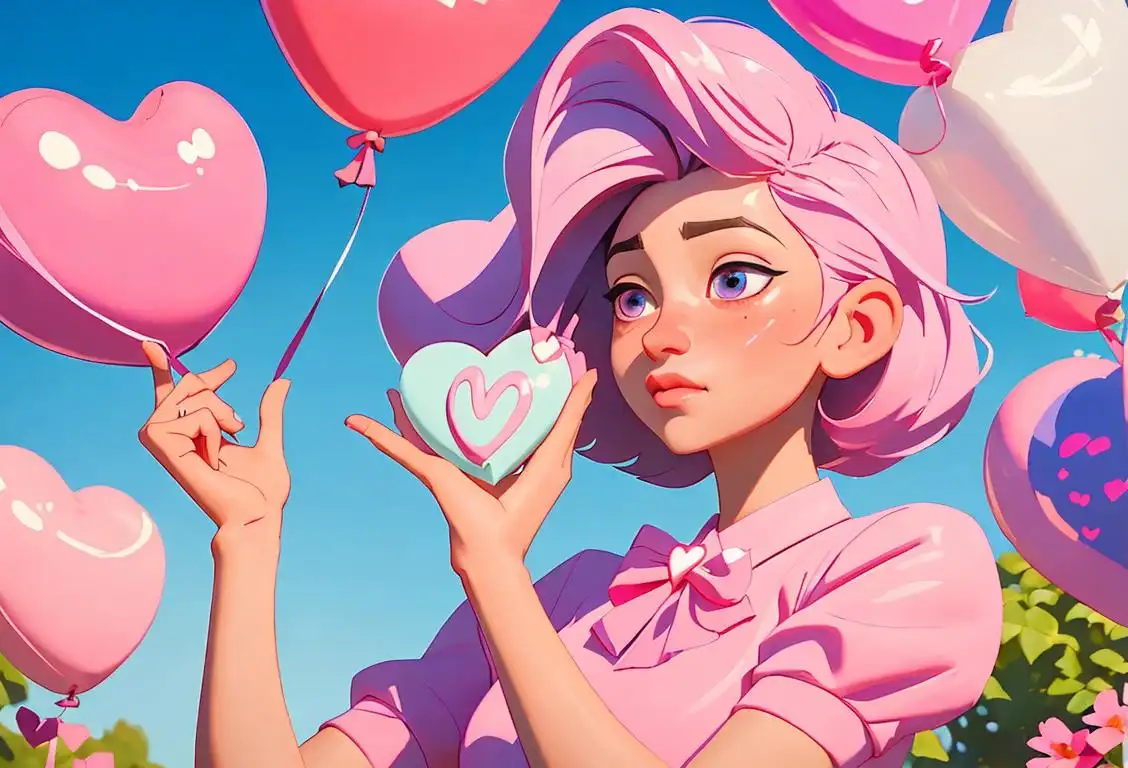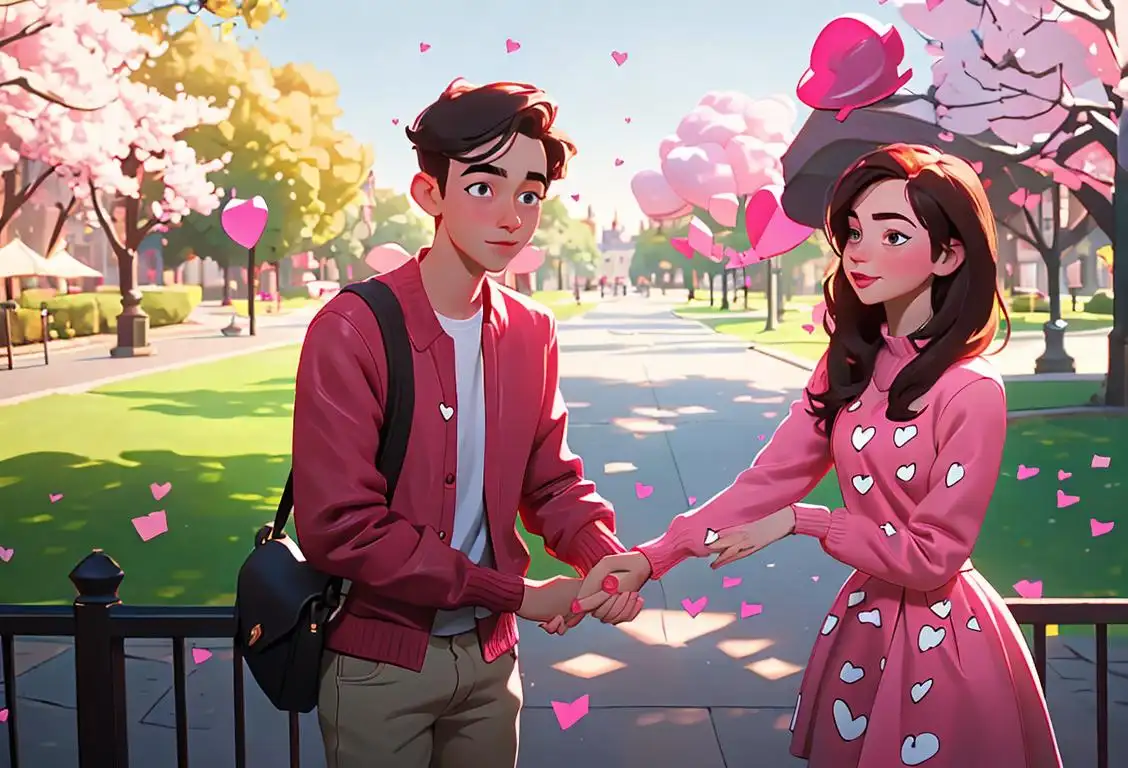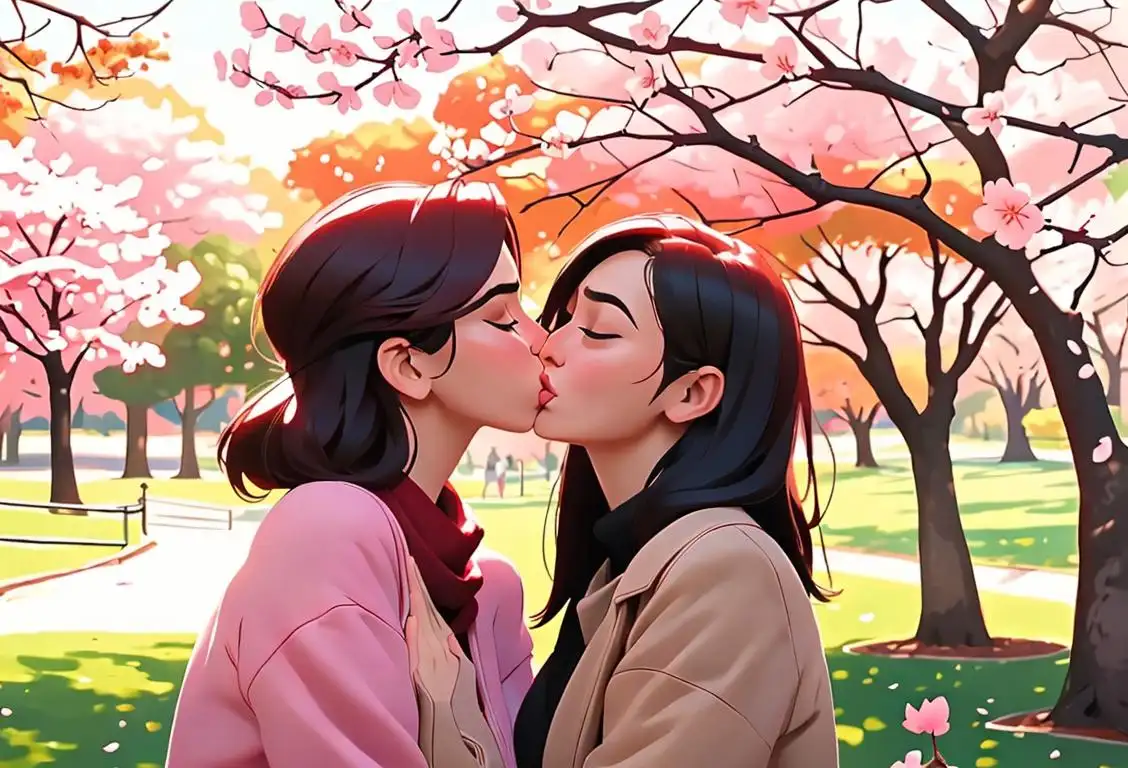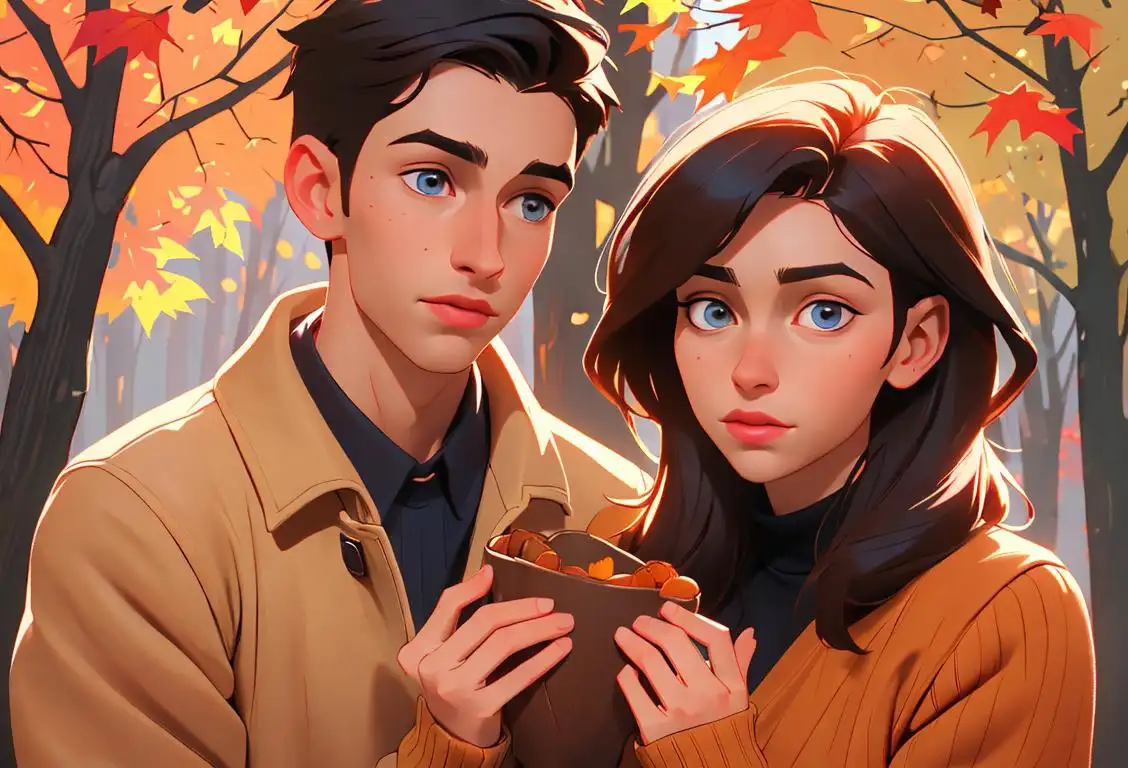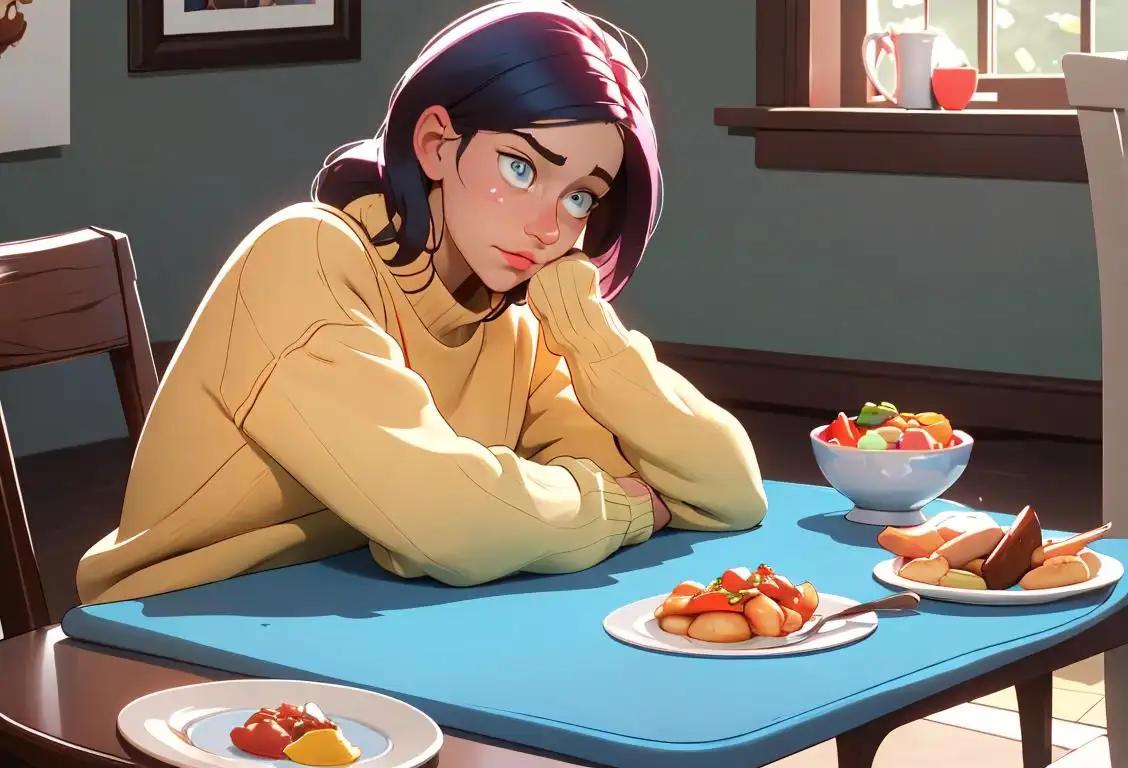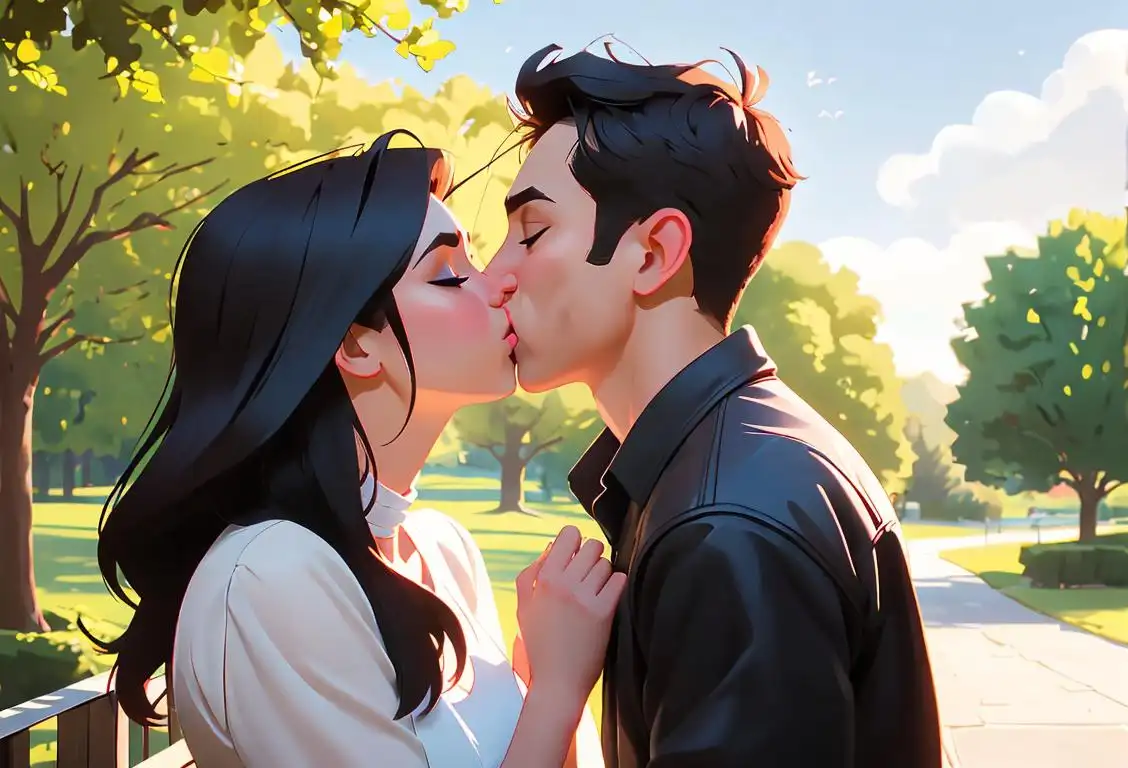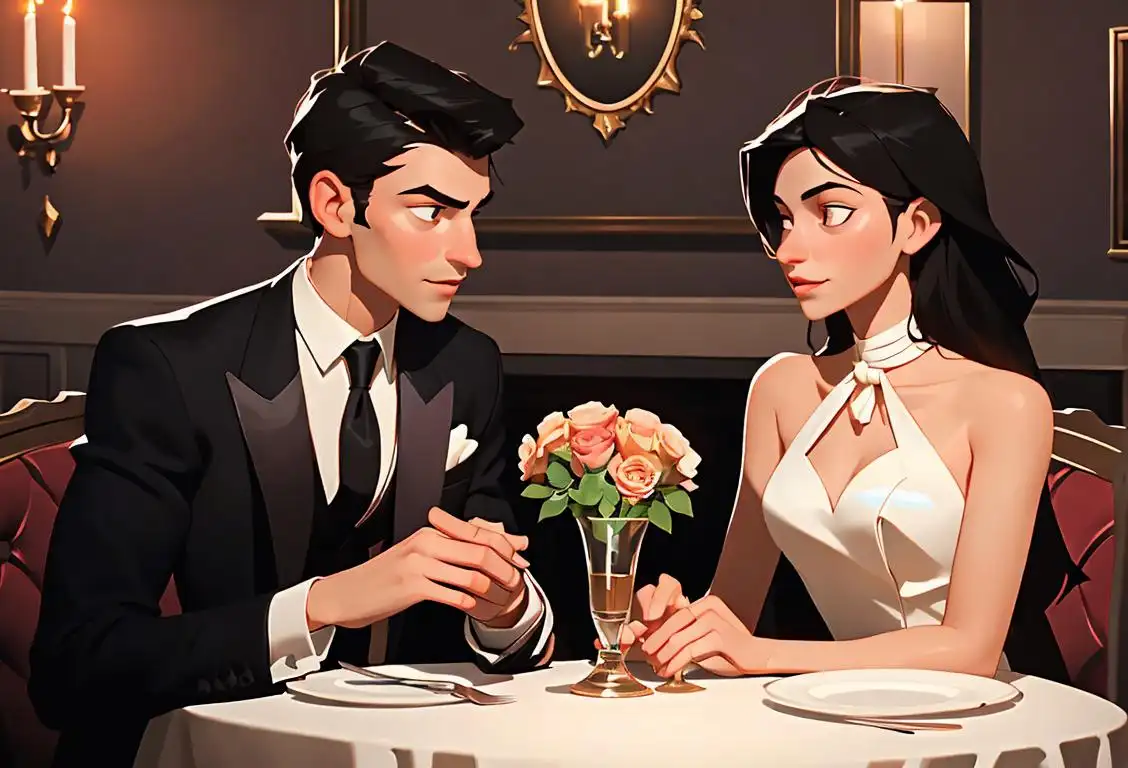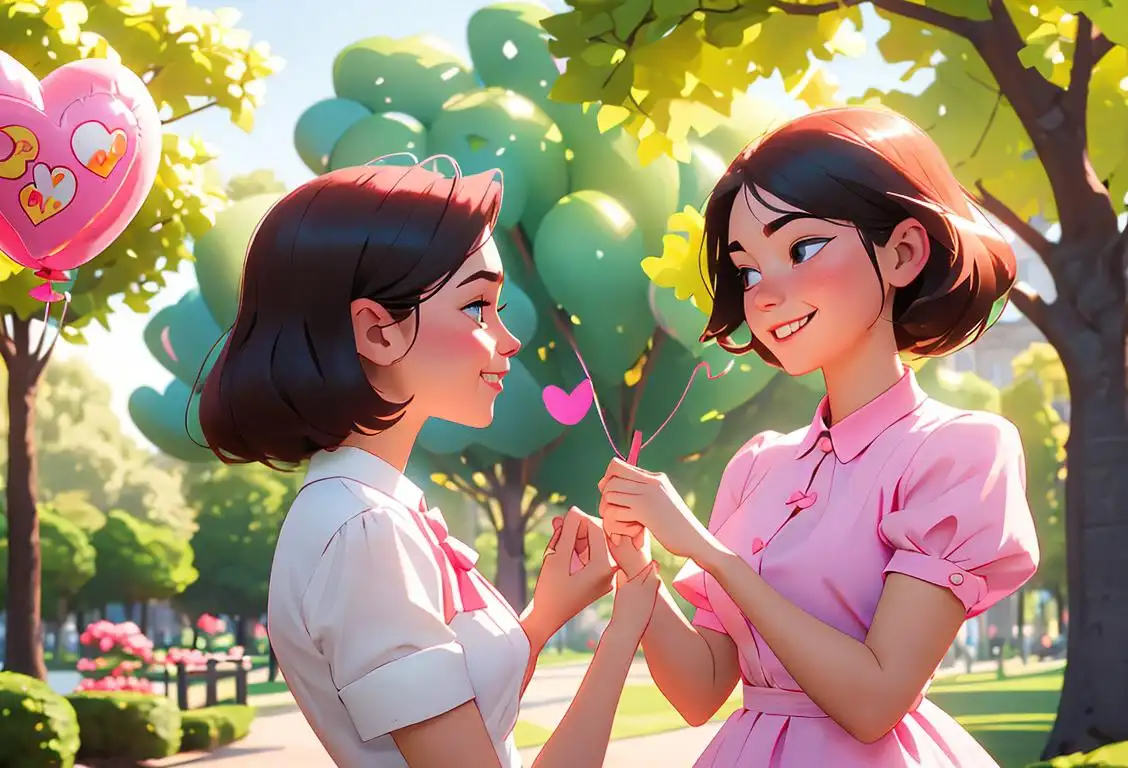National Crush Day
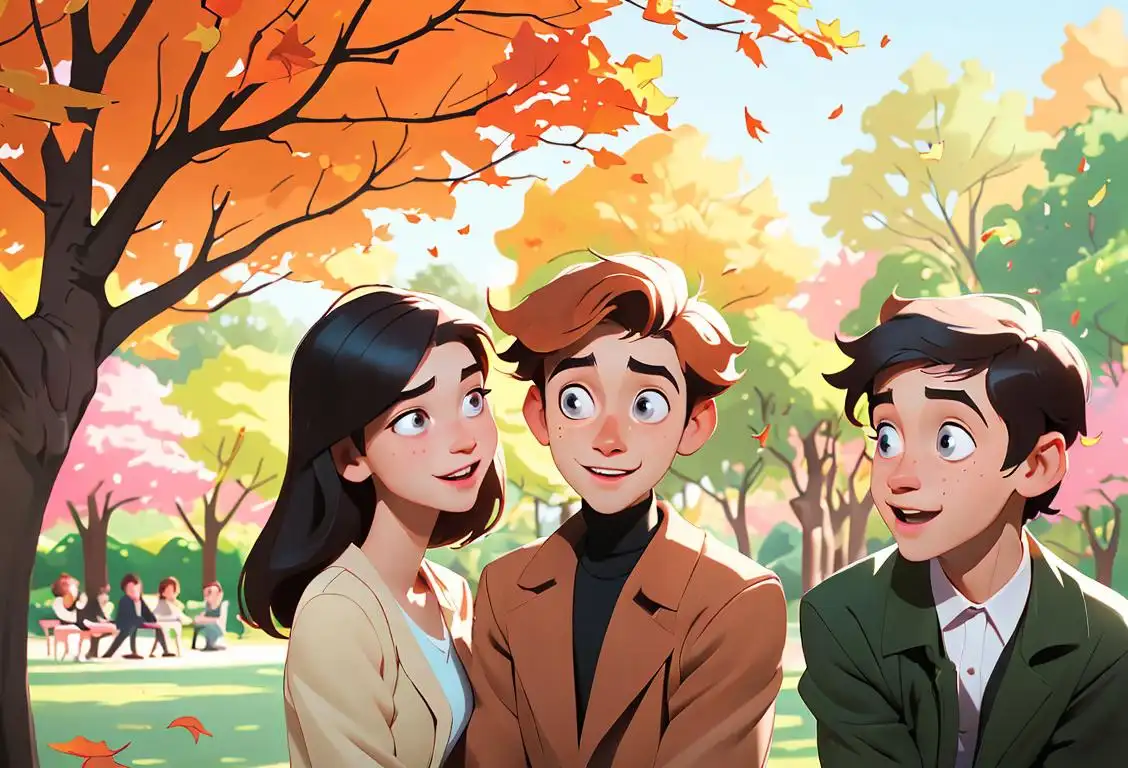
Well, zip up your flak jackets and cinch your knee-pads, it's National Crush Day! On this delightful day, our Internet chatterboxes couldn't help but confess their secret or not-so-secret crushes, making us the third wheel in about 7356 online discussions.
When is Crush Day?
It's national crush day on the 5th November.
Love in the Air, Heaps on the Web
Most of these youthful, starry-eyed confessions bombarded the Internet on November 5, 2020. Must have been something magical about the fall climate, or just the romantic allure of getting an extra hour of sleep after daylight savings.
Sweet Talks and Crush Walks
Be they on a celebrity, a classmate or a cartoon character, crushes are as sweet as stolen glances and as exciting as secret smiles. National Crush Day is like that sneaky note passing game in middle school that everyone pretends to hate but secretly adores.
Crushing through the Decades
While us millennials may think we own the game of cheeky longing, it's been a part of the human condition since the first human saw the second human across the firelight. In the modern era, the tradition of having a crush is just digitized and celebrated under the banner of National Crush day.
Couch Cushions and Pillow Forts
National Crush Day isn't just about the heart throbs and dreamboats, though. It's about all kinds of crushes. Maybe your crush is on those pillows looking so soft and inviting on your couch. Or maybe it's food. That cheeseburger you've been eyeing at the local diner? Yep, it's time to claim it as your crush!
History behind the term 'Crush'
1599
The Emergence of 'Crush'
The term 'crush' originated in the late 16th century and was initially used to describe the act of crushing or pulverizing something into small fragments. It was derived from the Old French word 'croissir' meaning 'to crash' or 'to break into pieces.' This early usage of 'crush' primarily referred to physical force or destruction.
1884
Romantic Overtones
During the Victorian era, the meanings and connotations of 'crush' began to evolve, shifting towards the realm of romantic attraction. By the late 19th century, 'crush' had taken on a figurative sense, denoting an intense infatuation or an overwhelming feeling of admiration towards someone. This new usage reflected the idea of one's emotions being 'crushed' or overwhelmed by the object of affection.
1890
The Adolescents' Lingo
In the late 19th century, 'crush' became popular among adolescents as a slang term to describe a short-lived infatuation or a romantic interest in someone. It became commonly used in secret diaries and love letters exchanged between young people of the time. The term provided a covert way to express their romantic feelings without explicitly revealing their identities or intentions.
1922
Crush in Pop Culture
With the rise of popular culture in the early 20th century, the term 'crush' found its way into mainstream media, including novels, films, and songs. Its usage expanded beyond adolescent circles and became a staple in romantic dramas, love stories, and teenage-centered narratives. This cultural exposure further solidified the concept of 'having a crush' as a common aspect of human experiences.
1990s
Digitalization and Online Crushes
The advent of the internet and the rise of digital communication reshaped the idea of having a crush yet again. In the 1990s, online platforms, chat rooms, and social media opened up new avenues for developing and expressing romantic interests. The term 'crush' became intertwined with the online lexicon, representing virtual infatuations as people connected with each other through various digital mediums.
Did you know?
Did you know that the word 'crush' nominally means 'a brief but intense infatuation for someone, often someone unattainable or inappropriate'? So don't sweat it if your crush is a movie star or your childhood cartoon character.Tagged
romance awareness fun love crush Internet trendsFirst identified
18th March 2015Most mentioned on
5th November 2020Total mentions
7356Other days
Crush Day
Tell Ur Crush You Like Them Day
Condom Day
Kisses Day
Boy Friend Day
Spouse Day
Breakup Day
Kiss Your Mate Day
Boyfriend Day
Tell Your Crush Day
